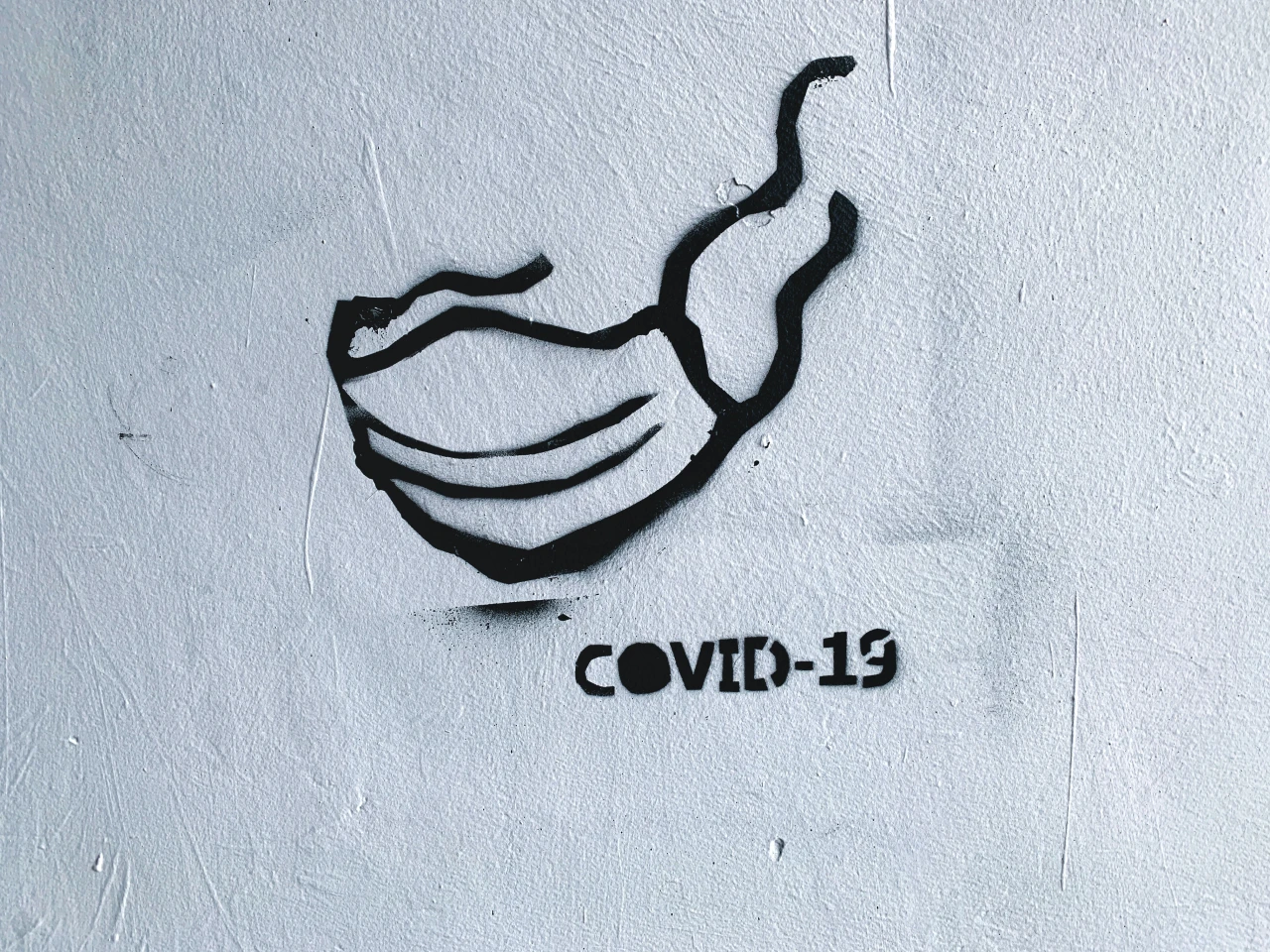Confirmed: The media is setting a gloom-and-doom tone on the economy
The United States, along with much of the rest of the world, has been through rocky economic times thanks to the COVID-19 pandemic. We’re traumatized and uncertain about the future and not sure where the economy is headed and whether we can trust any good news. And that’s where we’d be even if the media wasn’t selling fear and doom.
But the media very definitely is selling fear and doom—and bad news for President Joe Biden. We see that every day, whether economic stories do or don’t make headlines, but if you wanted to put a number on it, Eric Boehlert has a great catch. When a poll from The Economist/YouGov asked respondents, “Have you heard mostly positive or mostly negative news stories about the economy?” 48% said “mostly negative.” Another 28% said “equally positive and negative.” Just 8% said “mostly positive.”
Does that reflect reality? Hmmm. Well, again, 2021 started out pretty badly. The recovery from the March 2020 crash as the coronavirus pandemic took hold of the country is not yet complete. But there absolutely is good news to cover.
(There’s a little sleight of hand here: That 16 million fewer people are receiving unemployment is, in part, due to the expiration of expanded unemployment programs that should have been renewed.)
But the recovery—including jobs and unemployment, wages, and growth in gross domestic product—has outstripped expectations since the passage of the American Rescue Plan, a Roosevelt Institute analysis found.
The poll also found that the economic factor people say matter most to them is the price of goods and services they buy, and that inflation is currently a serious problem. And it’s true that inflation is high—with prices for cars and energy playing a particularly big role right now, as auto manufacturers struggle with pandemic disruptions and supply chain issues. (Gas prices, however, have started falling.)
People have reasons for being worried about the economy, in other words, but the media’s relentless negative focus feeds that. High gas prices drive more headlines than falling gas prices. Credulous reporting on the cost of milk and the like gets attention while an expanded child tax credit that has reduced child poverty by 25% and delivered monthly checks to the families of 90% of U.S. children goes mostly under the radar, as does an increase in average food stamp benefits. A wide array of data tells us that many people—including many people who struggle financially—are better off thanks to government programs and falling unemployment and rising wages.
But the headlines are filled with doom, and that inevitably has an effect on how people interpret their situations, whether they place more weight on the increased cost of a gallon of milk or the monthly child tax credit check. People in the media tend to deflect criticism on this front by saying they’re just reporting the facts or how regular people perceive the economy. But which facts? And who’s shaping perceptions of the economy? There are choices being made here, and everyone in the media, from reporters on up to top executives, needs to own up to it.

